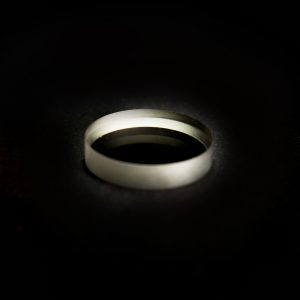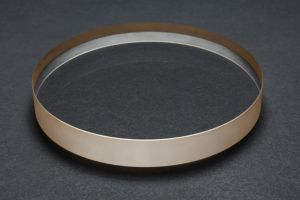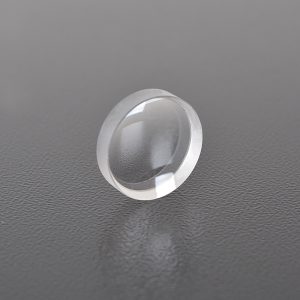
Dichroic Mirrors (Dichroic Beam Splitters) Comprehensive and Detailed Knowledge
Dichroic mirrors, also known as dichroic beam splitters, are important optical components with a wide range of applications in the field of optics. Their unique property is that they can have significantly different reflection or transmission characteristics at two different wavelengths. This property makes dichroic mirrors play a key role in many fields such as optical filtering, beam splitting, laser technology, optical communications, biomedicine, and spectral analysis.
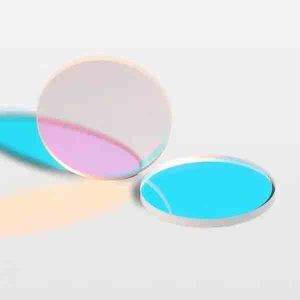
How it Works with Beam Splitter
The working principle of beam splitter is mainly based on the interference and reflection of light. When light hits a dichroic mirror, part of the light is reflected and part of it is transmitted. The ratio of these two parts of light depends on the wavelength of the light and the design of the dichroic mirror. Dichroic mirrors are usually composed of multiple layers of thin films, and the thickness and refractive index of each layer are precisely designed so that at a specific wavelength, the reflected and transmitted light can meet a specific ratio.
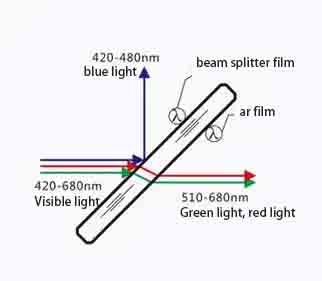
Important Parameters of Beam Splitters
Reflectivity: Reflectivity refers to the ability of a lens to reflect light of a specific wavelength. In beamsplitter, reflectivity is a key parameter that determines the degree to which the lens reflects light at a specific wavelength.
Transmittance: Transmittance refers to the ability of a lens to transmit light of a specific wavelength. Similar to reflectivity, transmittance is also an important indicator for measuring the performance of dichroic mirrors.
Wavelength range: The wavelength range determines the spectral range in which a dichroic mirror can operate. Within this range, the dichroic mirror is able to maintain its specific reflection and transmission characteristics.
Angle tolerance: Angle tolerance refers to the tolerance of a dichroic mirror to the angle of incident light. In actual applications, the angle of incident light may vary, so angle tolerance is an important indicator for measuring the stability of dichroic mirror performance.
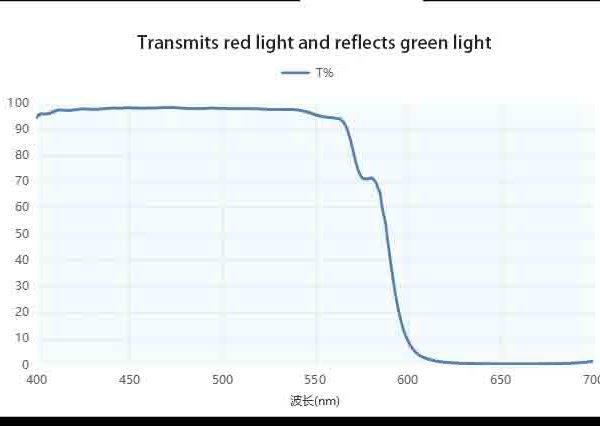
Types and Classifications of Beam Splitters
Dichroic mirrors can be classified according to their reflection and transmission characteristics. They are mainly divided into short-wavelength pass mirrors and long-wavelength pass mirrors:
Short-wavelength pass mirrors: have higher reflectivity for short-wavelength light and higher transmittance for long-wavelength light.
Long-wavelength pass mirrors: have higher reflectivity for long-wavelength light and higher transmittance for short-wavelength light.
In addition, according to different application scenarios, dichroic mirrors can also be divided into medical dichroic mirrors, ultraviolet dichroic mirrors and other types.
Application Fields of Beam Splitters
Laser technology: Dichroic mirrors are used as reflectors or optical isolators in lasers to achieve precise control and isolation of lasers and ensure the stability and directionality of lasers.
Optical communication: In optical communication systems, dichroic mirrors can be used to split and merge optical signals to improve the performance and stability of communication systems.
Biomedicine: In the biomedical field, dichroic mirrors are widely used in fluorescence microscope systems to separate excitation light and fluorescence signals and improve the clarity and contrast of fluorescence images.
Spectral analysis: As a beam splitting element, dichroic mirrors are used in spectrometers to separate light sources into different spectral components for spectral analysis.
Stage lighting: In stage lighting systems, beamsplitter are used to achieve color separation, mixing and adjustment to enhance the visual effects of stage lighting.
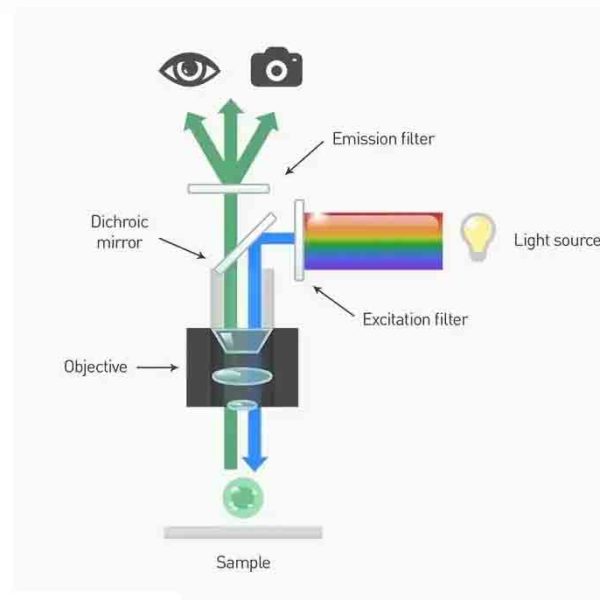
Hanzhong Brisun Optics Co., Ltd. Is the high precision optical element manufacturer provides customized production of Various optical lenses, including spherical lens, cylindrical lens, optical window, mirror, prism, filter, metal base mirror and other high-precision optical elements. The base materials include various optical glass, fused quartz, calcium fluoride (CaF2), zinc selenide (ZnSe), germanium (GE), silicon (SI), sapphire, metal and other materials. And provide antireflective film, high reflection film, spectroscopic film, metal film and other optical coatings.
Welcome to OEM and Purchasing!

